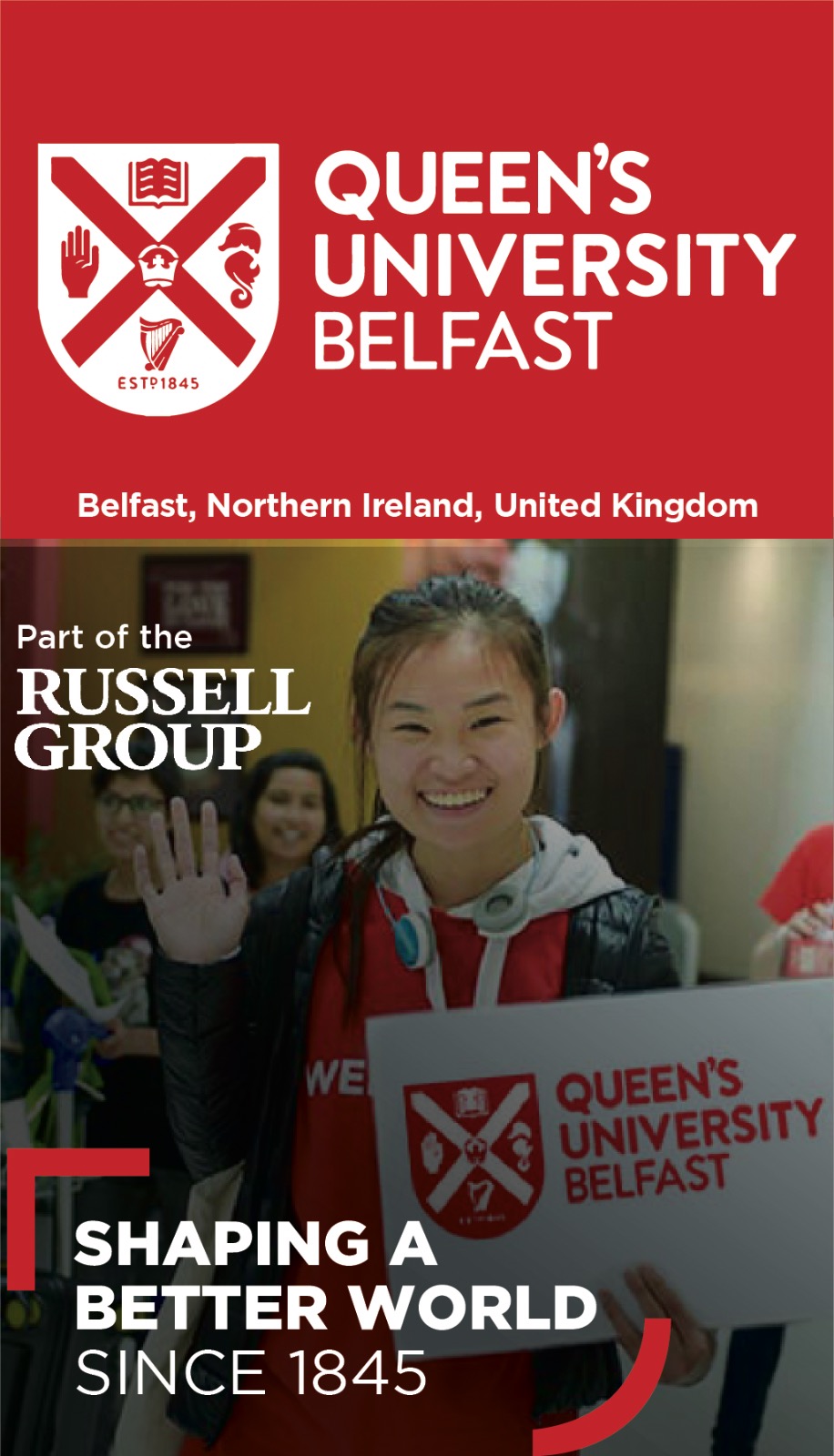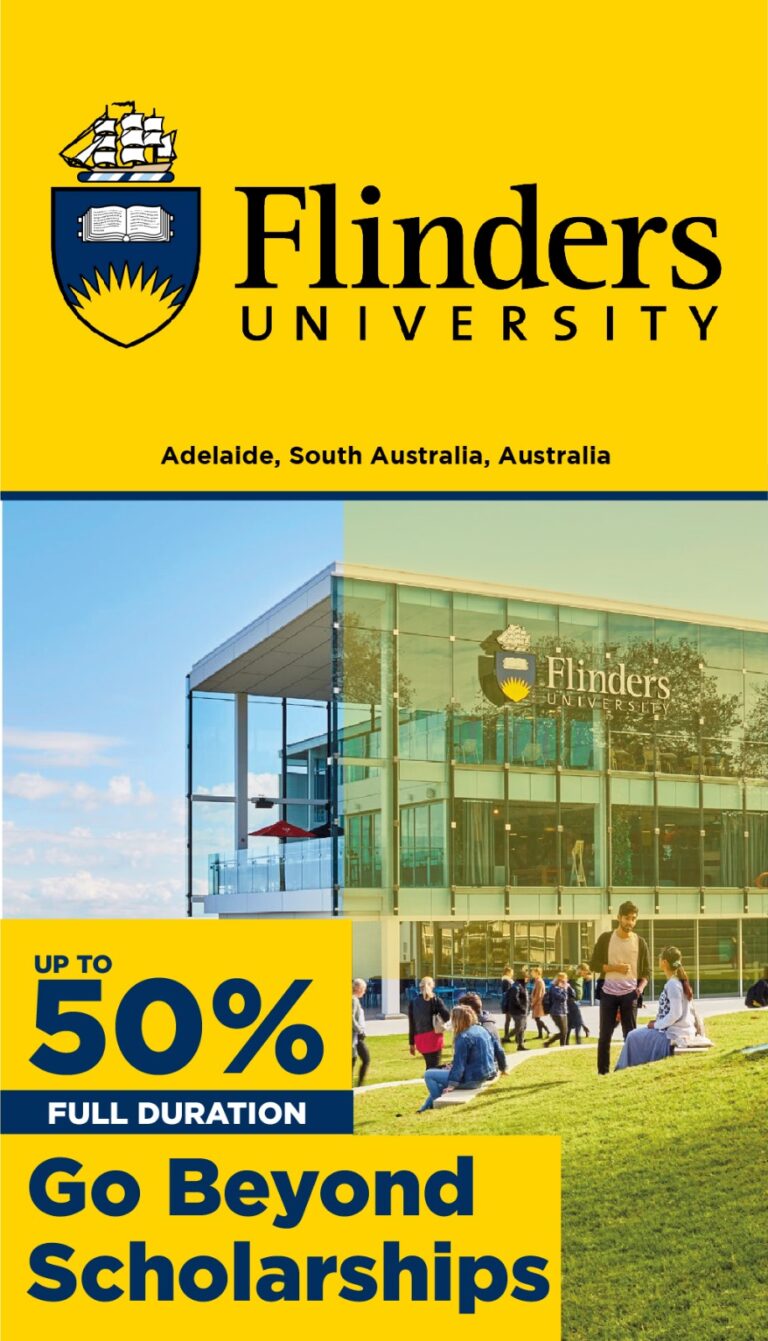Diploma in Radio, Television & Broadcast News
- Southern Alberta Institute of Technology
- Television
- Diploma
- Arts & Humanities
- College
- Canada
| Category | Details |
|---|---|
| Time | Both full-time and part-time options |
| Campus | Main Campus |
| Duration | 2 |
| Deadline-Date | 23-May-2023, |
| Fee Per Year | 21185 |
| Application Fee | 150 |
| Currency | cad |
| Intake Link | https://www.sait.ca/admissions/how-to-apply/how-to-apply |
| Deadline Link | https://www.sait.ca/admissions/how-to-apply/how-to-apply |
| Intakes | Jul, Aug, Sep |
| Program language requirement | IELTS Academic Overall 6.0, no band less than 6.0 TOEFL iBT At least 80, no section score below 20 Duolingo Overall 110, no sub-score less than 90. CAEL & CAEL Online At least 60, no band less than 60 PTE Academic Overall score of 55, with no less than 50 in each communicative skill. |
Who can Choose this program?
Additional Information
| Category | Details |
|---|---|
| Scope of the program | The Southern Alberta Institute of Technology (SAIT) Diploma in Radio, Television, and Broadcast News aims to provide students with the tools they need to succeed in various media-related careers. This program covers a wide range of topics, such as digital storytelling, media production, and broadcast journalism, to prepare students for careers in radio, television, and online platforms. The reach of this diploma goes far beyond Canadian borders on a global scale, especially in nations like Pakistan and others that have developing media sectors. The media landscape in Pakistan has grown significantly in the last several years, leading to the emergence of multiple internet platforms, radio stations, and television networks. For graduates of this degree, there is a growing market for professional media workers and high-quality material. The knowledge and abilities obtained through the SAIT degree are highly applicable in Pakistan, where media and broadcasting are fast changing. Graduates can work with news channels, entertainment networks, or internet media sources to contribute to the rapidly expanding media scene. Furthermore, there is a growing demand for broadcasters and content creators skilled at navigating both traditional and digital media sectors due to social and digital media growth. Graduates can also find substantial opportunities in other nations like Southeast Asia, the Middle East, and India with comparable media expansion patterns. As media firms look to improve their content offerings and connect with a broader audience, there is a growing need for qualified people with experience in digital and broadcasting in these areas. |
| Program entry requirement | Four grade 12 subjects plus English 30-1 are required for admission to university transfer programs, depending on the program of choice. The program often requires an aggregate average of at least 60%. The high school course will only be considered for admission if the candidate receives a grade of at least 50%. |
| Required GPA | 2:00 GPA, 60% |
| GRE Required | N/A |
| GMAT Required | N/A |
| Application Process | 1. Register for an Online Application: To start your application, create an account on the university’s application portal. This will give you access to the online application form. 2. Start the Application Process: Once registered, start filling out the online application form. The process is simple. 3. Complete the Application Form: Fill out the form with proper and complete information about your academic background, personal details, and program preferences. This will help them to better understand your qualifications. 4. Upload Required Documents: Use the portal to submit the necessary documents online, which may include: • Official Transcripts: Submit official transcripts from any institutions you have attended. • Standardized Test Scores: If applicable, upload your English language test score reports. • CV or Resume: Provide an up-to-date CV or resume that highlights your educational and professional experience. • Statement of Purpose: Write a statement detailing your goals for the program, research interests, and reasons for applying. • Letters of Recommendation: Arrange for two recommenders to submit letters of recommendation through the portal, based on their knowledge of your academic capabilities. |
| Available Scholarships | |
| Program accreditation | N/A |
| Living expenses | Student residences: 250 – 625 CAD/month. University-arranged homestays: 400 – 800 CAD/month. Rent & share an apartment: 300 – 700 CAD/month, prices for rent depend on location and facilities. If you choose to rent a studio/one-room apartment, you can pay over 1,000 CAD/month. |
| Visa Process Details | "1. Completed application form (IMM 1294). 2. Acceptance letter from the university. 3. Proof of funds showing you can cover your living expenses and tuition fees. 4. Bank statements. 5. Educational documents or evidence of sponsorship (if applicable). 6. Medical examination report from a doctor authorized by immigration. 7. Police clearance certificates from your country of birth and from any other countries where you have lived for six months or more in the past five years. 8. Passport-sized photographs. 9. Payment for the study permit application fee (currently 150 CAD). 10. Custodian Declaration (IMM 5646) (if applicable), required if you are a minor, must be signed by your custodian in Canada. " |
| Part timework | Entirely: During planned school breaks, such as the summer or winter holidays, international students studying in Canada are frequently permitted to work entirely. Under 20 Hours (With Possible Exceptions): International students may only be able to work part-time for up to 20 hours a week during ordinary semesters. But, according to your program or any particular work visa you may be eligible for, there might be an exception. |
| Post-study work opportunity | Canada's Post-Graduation Work Permit (PGWP) program: After completing their studies, qualifying international graduates are permitted to work in Canada for a maximum of three years under the terms of this government-mandated scheme. To be eligible, your course of study must be from an approved educational institution, and you must apply for the PGWP as soon as you graduate. Even though NPU might not be on the list of approved universities, you should consider returning to Canada to finish your undergraduate degree or enrolling in a post-graduate program at one of the universities eligible for the PGWP |
Frequently Asked Questions
What are the entry requirements for the Diploma in Radio, Television & Broadcast News at SAIT?
To be admitted, you need four grade 12 subjects, including English 30-1, with an aggregate average of at least 60%. It's important that you achieve a minimum grade of 50% in the required high school courses.
How long does it take to complete the Diploma in Radio, Television & Broadcast News at SAIT?
The program typically has a duration of 2 years, offering both full-time and part-time options for students.
What is the cost of the Diploma in Radio, Television & Broadcast News program at SAIT?
The tuition fee for the Diploma in Radio, Television & Broadcast News is CAD 21,185 per year, along with a non-refundable application fee of CAD 150.
Can international students work while studying in Canada at SAIT?
Yes, international students are generally allowed to work during planned school breaks, such as summer or winter holidays. They may also work part-time (up to 20 hours per week) during regular semesters, although there may be exceptions depending on certain work visa conditions.
What opportunities are available for graduates of the Diploma in Radio, Television & Broadcast News program?
Graduates can pursue careers in radio, television, and online media platforms. There is a growing demand for skilled media professionals in Canada and internationally, especially in regions with expanding media sectors like Pakistan, Southeast Asia, and the Middle East.



